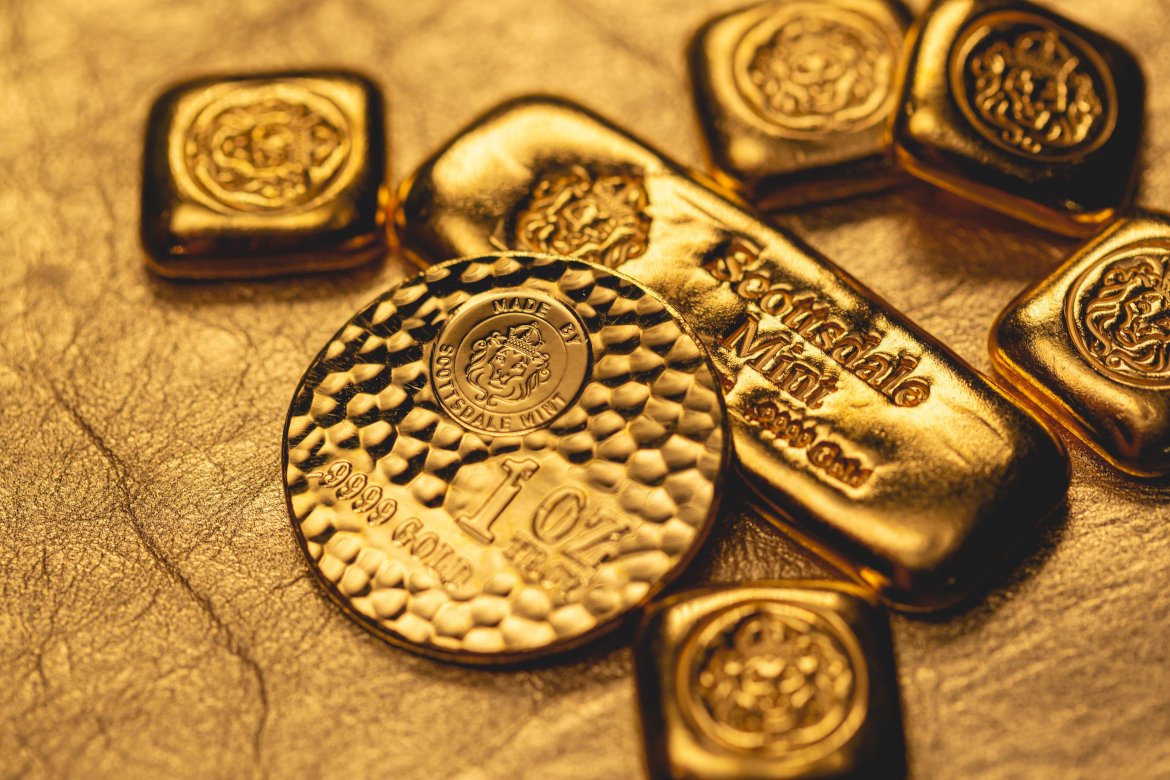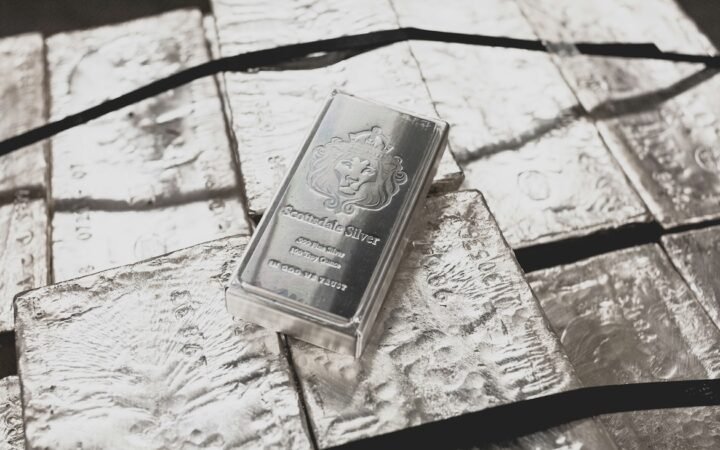
Gold shattered records on Tuesday, climbing to $4,179.48 per ounce as investors fled to safe-haven assets amid rising U.S.-China trade tensions and growing expectations that the Federal Reserve will accelerate interest rate cuts. The surge marked gold’s eighth consecutive weekly gain and its strongest performance since 1979.
The rally followed President Donald Trump’s renewed trade offensive, in which he threatened to impose 100% tariffs on all Chinese imports effective November 1. In response, Beijing announced new port fees on U.S. vessels and export controls on rare earth minerals, rattling global markets and driving capital toward gold, silver, and Treasuries.
A Historic Rally Builds Momentum
Spot gold surged 1.7% intraday, breaking above $4,100 for the first time just 36 days after crossing $3,500. December futures settled at $4,185.50, up 1.9% for the day. Silver joined the rally, reaching a record $53.60 per ounce as safe-haven demand spread across the metals complex.
Year-to-date, gold has risen 57%, outpacing equities, bonds, and energy – its best annual performance in over four decades. Analysts attribute the move to a rare combination of monetary easing, fiscal uncertainty, and geopolitical stress that has revived gold’s traditional role as both a hedge and a growth proxy.
“Investors are positioning for an environment of persistent inflation, slowing growth, and elevated policy risk,” said Carsten Menke of Julius Baer, noting that fundamentals remain solid despite the risk of short-term corrections.
Technical Picture and Next Resistance Levels
Technical models show immediate resistance near $4,170 per ounce, with short-term support at $4,059 (the October 8 intraday high) and $3,944 (local lows from October 9–10). The $4,000 level remains a key psychological floor.
Fibonacci projections from the current trend indicate upside potential toward $4,300, with extended targets near $4,470 – close to Standard Chartered’s forecast for late 2026. Analysts caution that profit-taking could trigger brief pullbacks, but momentum remains decisively bullish.
Banks Lift Forecasts as Bull Market Strengthens
The record move prompted major banks to revise outlooks upward. Bank of America lifted its 2026 gold price target to $5,000 per ounce, one of the most aggressive projections among global institutions.
The bank’s commodities team cited a supportive policy mix of “fiscal expansion, rising debt, and persistent inflation around 3%,” along with central banks’ continued diversification out of dollars.
Societe Generale echoed the bullish tone, also forecasting gold at $5,000 by end-2026, while Goldman Sachs raised its December 2026 target to $4,900.
Bank of America analysts estimated that a 14% rise in investment demand, in line with this year’s trend, could be sufficient to propel prices to the $5,000 mark. They pointed to structural buying from central banks – led by China, Turkey, and India – as an ongoing source of upward pressure.
Macro Outlook: The Perfect Storm for Metals
Traders and analysts agree that the environment remains unusually favorable for gold. Slower U.S. growth, a softer dollar, and a dovish Fed trajectory are reinforcing the metal’s rally. Meanwhile, escalating trade tensions have renewed volatility across risk assets, prompting investors to rebalance portfolios toward tangible stores of value.
As previously covered, the combination of geopolitical tension, aggressive fiscal expansion, and easing monetary policy has created a feedback loop of safe-haven demand. The question now is how long momentum can last – and whether gold’s unprecedented climb could redefine the limits of a modern bull market.




